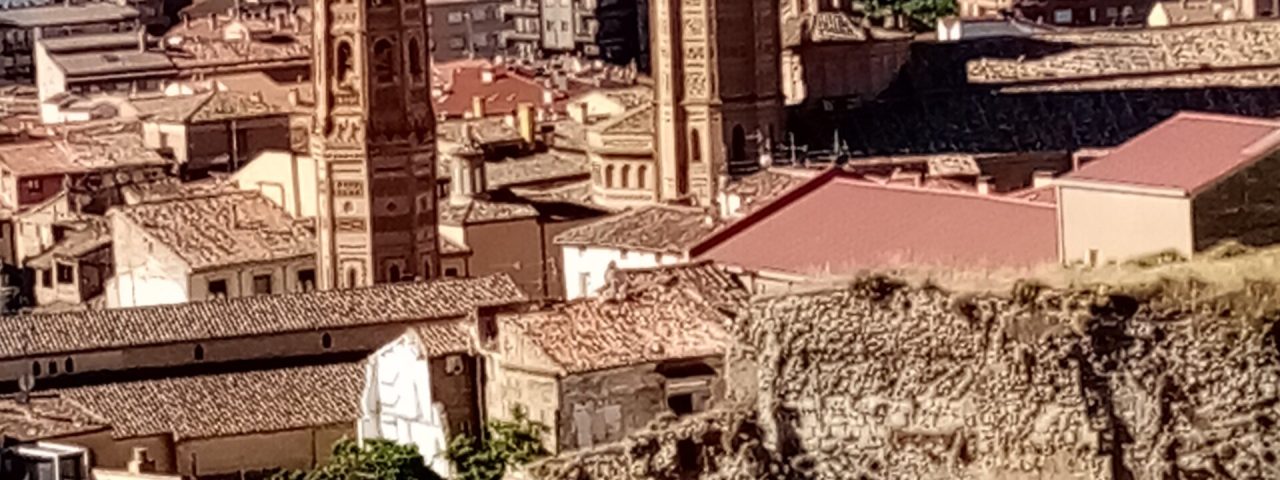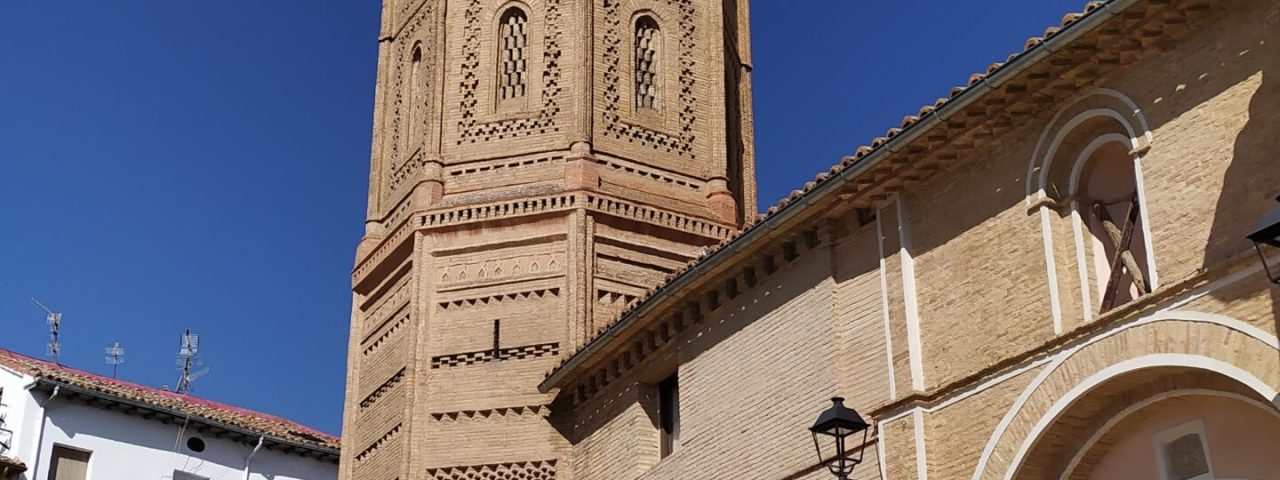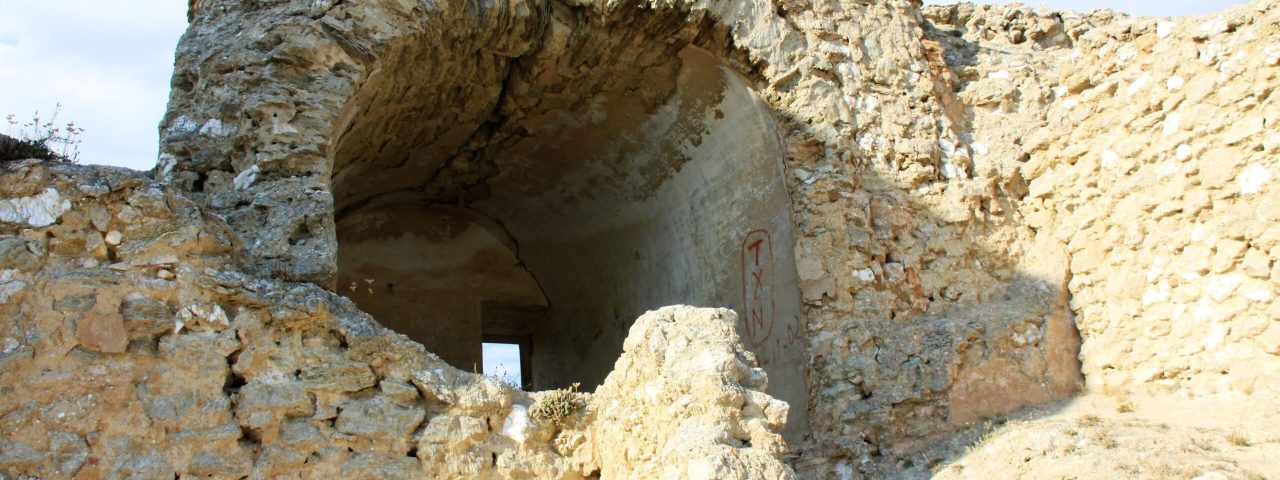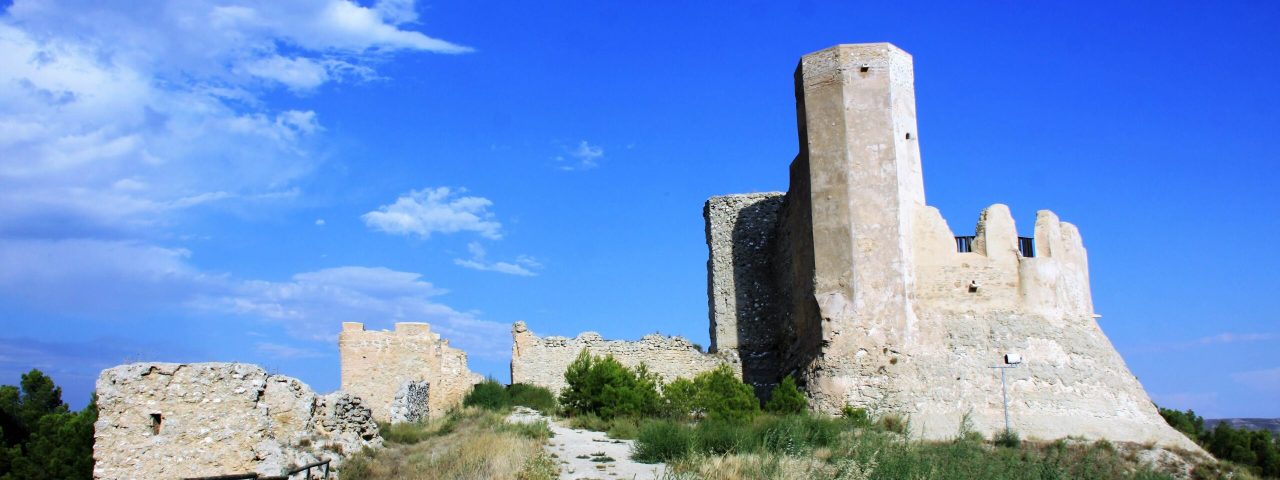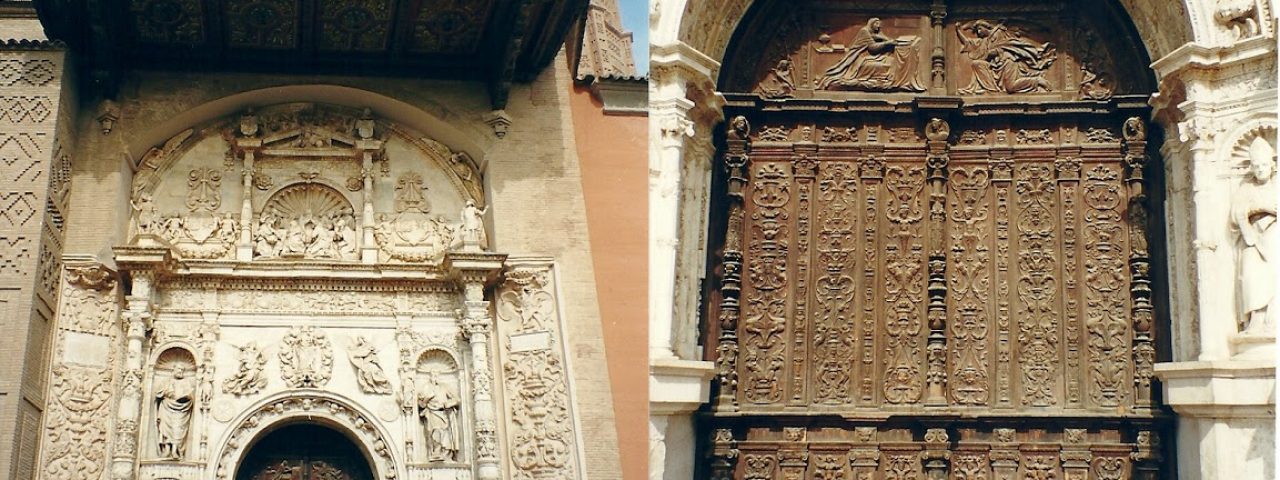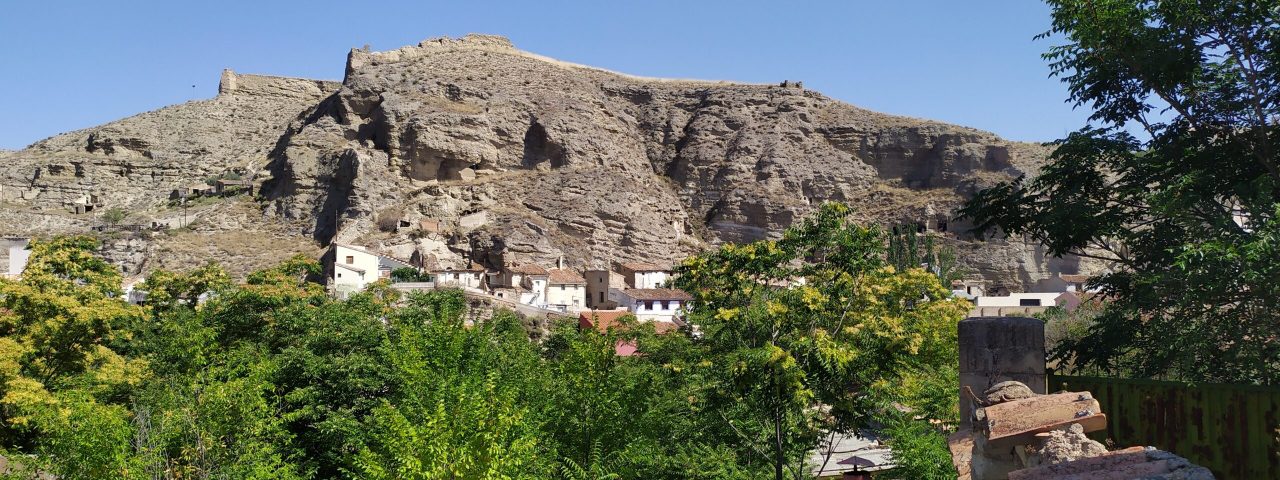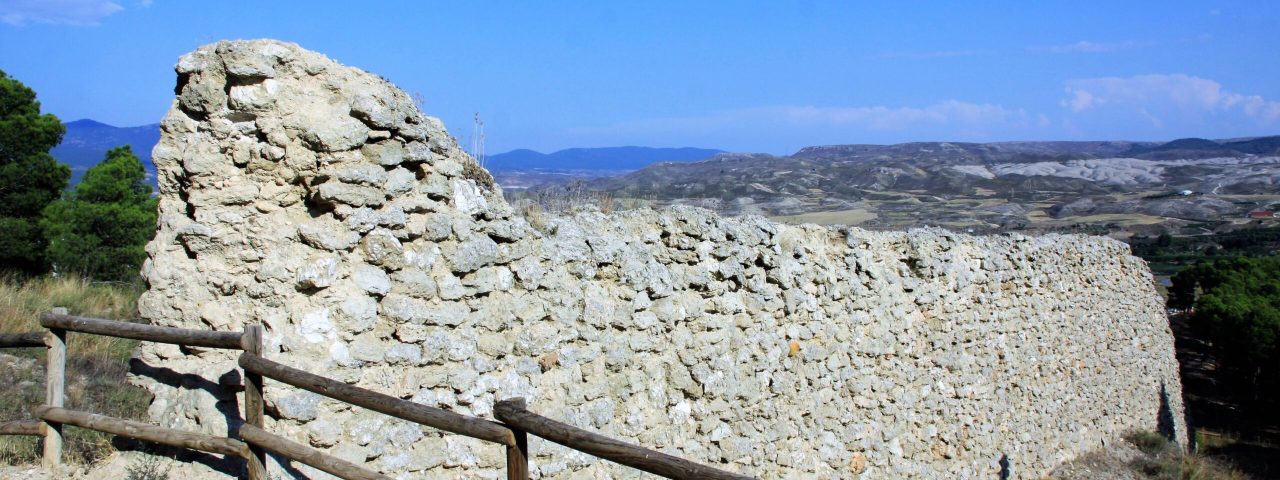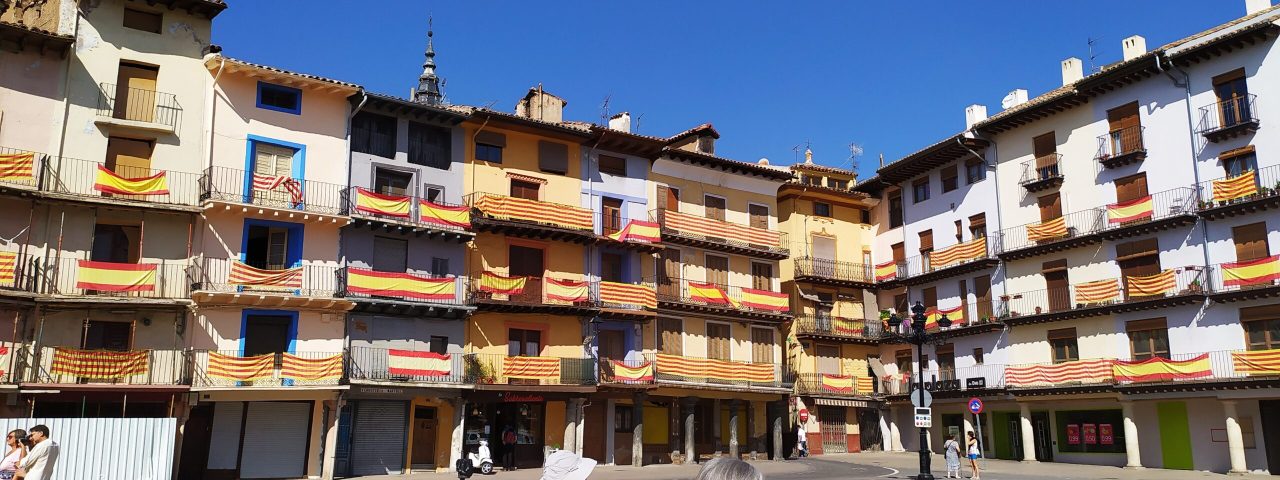Calatayud has a rich and multifaceted history that reflects the diverse civilizations that have left their mark on the city. Originally founded by the Romans in the 2nd century BC, Calatayud was known as Augusta Bilbilis, a city of strategic importance. The influence of the Roman era can still be felt in some of the city’s ancient ruins. During the 8th century, the city came under Moorish rule and was renamed Calat Ayyub, meaning “Castle of Ayyub,” after the fortress that was built on its hilltop, which remains one of its most iconic landmarks.
Following the Christian Reconquest in the 12th century, Calatayud became an important frontier city between Christian and Muslim territories, leading to the development of a unique blend of Christian, Islamic, and Jewish cultural influences. The city is particularly known for its impressive Mudéjar architecture, a style that combines Islamic art with Christian architectural traditions, now recognized as a UNESCO World Heritage site.
Culturally, Calatayud is renowned for its lively festivals, including the Fiestas de San Roque in August, which draws locals and visitors alike for processions, bullfights, and traditional Aragonese music and dance. The city’s deep-rooted traditions and religious festivities reflect its strong historical identity and offer a glimpse into the heart of Aragonese culture.


